Chim Chim Cher-oo: What You Need to Know About Getting Your Chimney Cleaned
Are you having your chimney inspected and cleaned often enough? We asked a few chimney and fireplace specialists for their advice.

These guys probably won’t be showing up at your house. Photo by Chris Engelstad via Flickr.
Are you having your chimney inspected and cleaned often enough?
Whether or not your house has a working fireplace, chances are you have a chimney that provides exhaust for your boiler and hot water heater. The two main reasons for having your chimney inspected and cleaned are to keep the pathway clear, so smoke can escape, and to prevent soot buildup, which can cause fires.
How often you get your chimney cleaned depends on several factors, including the condition of the chimney itself and what’s connected to it. We asked a few of our Brownstoner Services chimney and fireplace specialists for their advice.
Chimneys attached to gas boilers or gas fireplaces
Gas burns cleaner than oil. If your chimney is new or in good condition, you should have it inspected every two to five years.
Your chimney should be lined with FuranFlex (a synthetic resin) or stainless steel. Clay lining is vulnerable to corrosion.
“The gas heats away at the terra cotta clay and rots it out from the inside out,” says Thomas Reek of Always Affordable Chimney. “Many brownstones don’t even have clay inside the chimney. Before that it was just brick. With all the acidity from the juices of the boiler going up that chimney, it’s eating the brick like an acid.”
If the chimney for your gas unit has a clay lining, or if the steel lining is corroded, you should get it inspected every one to two years, and consider getting its lining replaced with a more durable material.

Chimneys attached to oil boilers or oil hot water heater
Every chimney connected to an oil boiler or hot water heater should be cleaned yearly, as soot builds up quickly.
Chimneys attached to wood-burning fireplaces or stoves
Exhaust and debris from burning wood can cause a build-up of black film called creosote, a fire hazard. Depending on how often you use your fireplace or wood stove, your chimney will need to be cleaned anywhere between twice a year or once every couple of years.
“The cleaning of fireplaces and wood stoves are not determined by time, but by usage,” says Andre Buchanan of A & A Chimney & Fireplace. “These units need to be cleaned after burning approximately 60 fires. And if your unit has been sitting un-used for years, we recommend a cleaning before using it.”

How your chimney or fireplace gets inspected and cleaned
There are many tools in the chimney cleaner’s toolbox: a flexible brush called a viper for scrubbing the inside of the chimney, and vacuums to prevent soot and dust for getting all over your house..
Other brushes are used to clean out the areas of the fireplace, including the smoke chamber, flue, metal damper, and finally the fire box itself. A chain flail — a cool-looking rotary tool that spins chains around at high speeds is sometimes used to remove creosote build-up.
“When performing a full inspection, a visual assessment of the entire chimney interior and exterior is performed,” says Howie Martin of Mr.Chimney. “In certain circumstances, you may need a more intensive inspection, in which case a technician would discuss the option of performing a video camera inspection of the interior of the flue.”
If you need help finding chimney or fireplace specialist for your home, you can get started by chatting with a Brownstoner Services concierge for free.
Related Stories
15 Fireplaces So Amazing They Could Inspire a Move to Brooklyn
Is Restoring a Wood-Burning Fireplace Legal?
Wood Burning Fireplace Ban a Trojan Horse?
Email tips@brownstoner.com with further comments, questions or tips. Follow Brownstoner on Twitter and Instagram, and like us on Facebook.
Businesses Mentioned in the Post


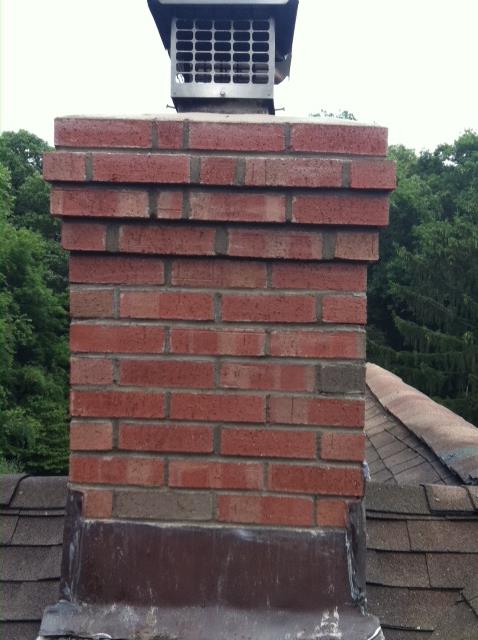

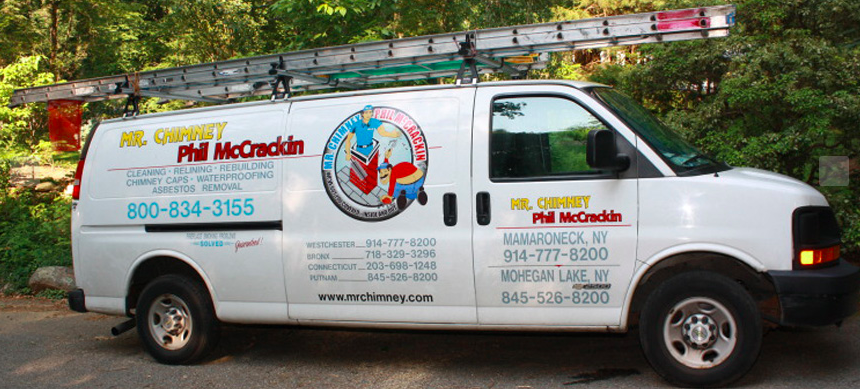





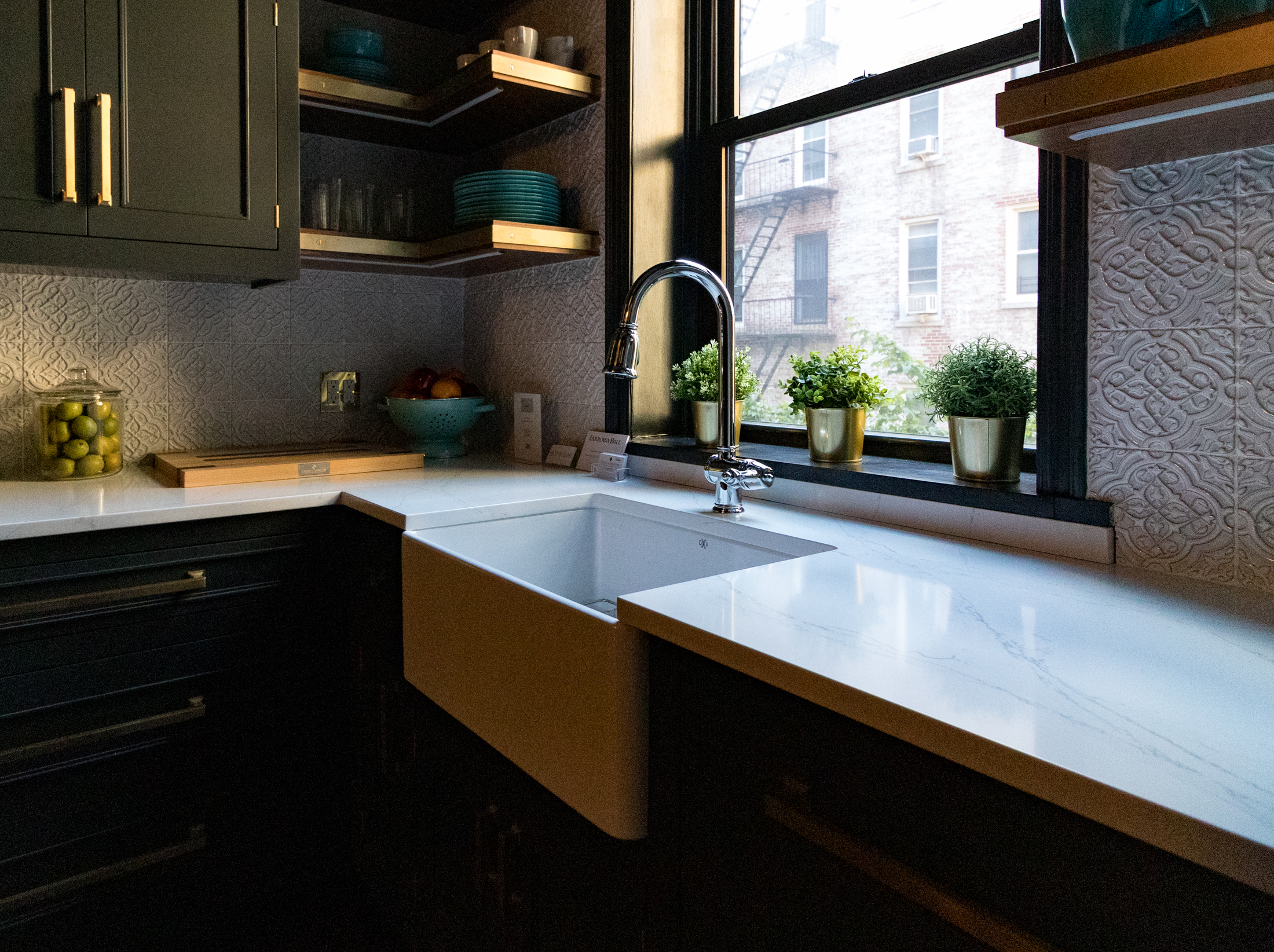
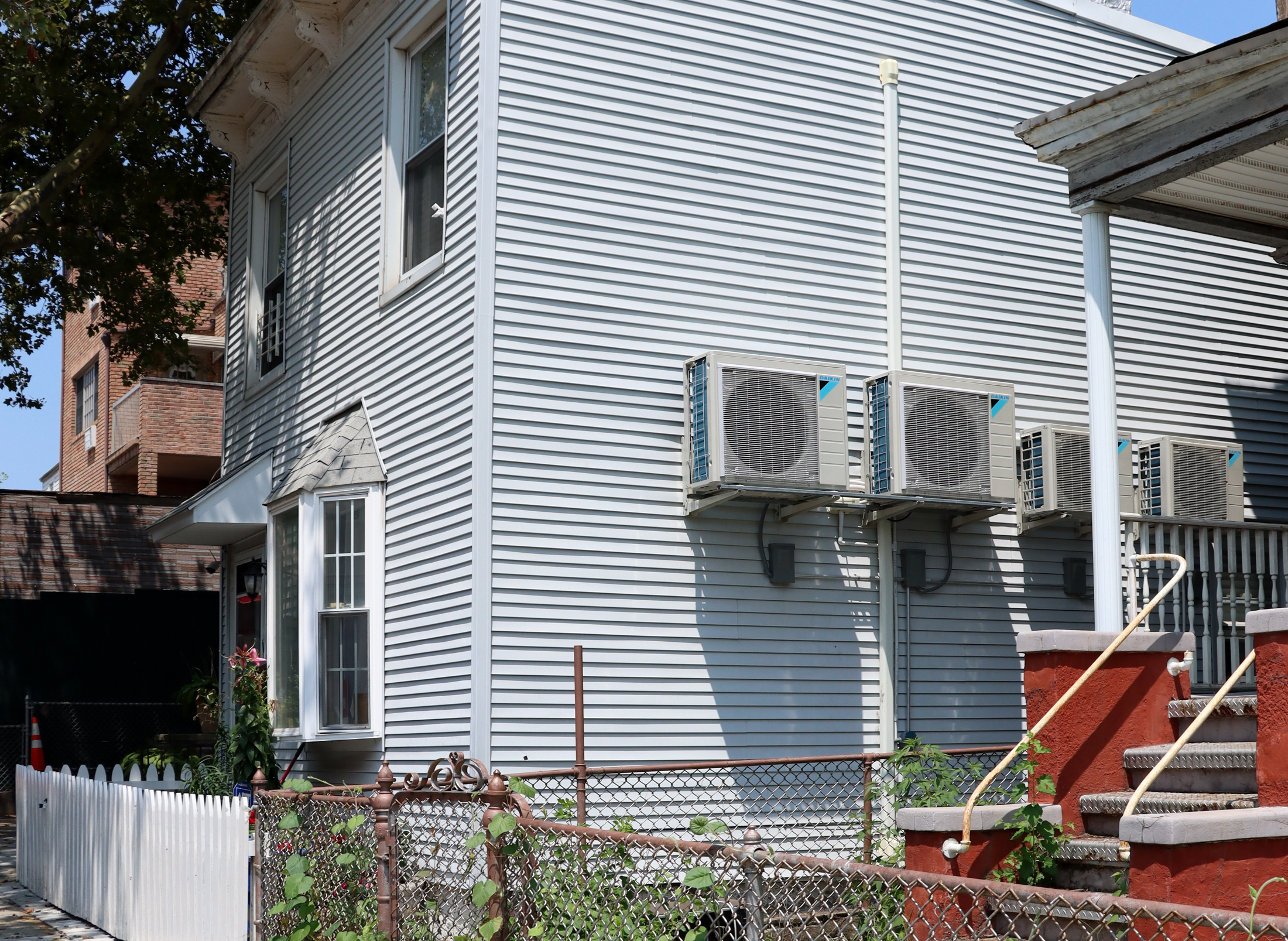
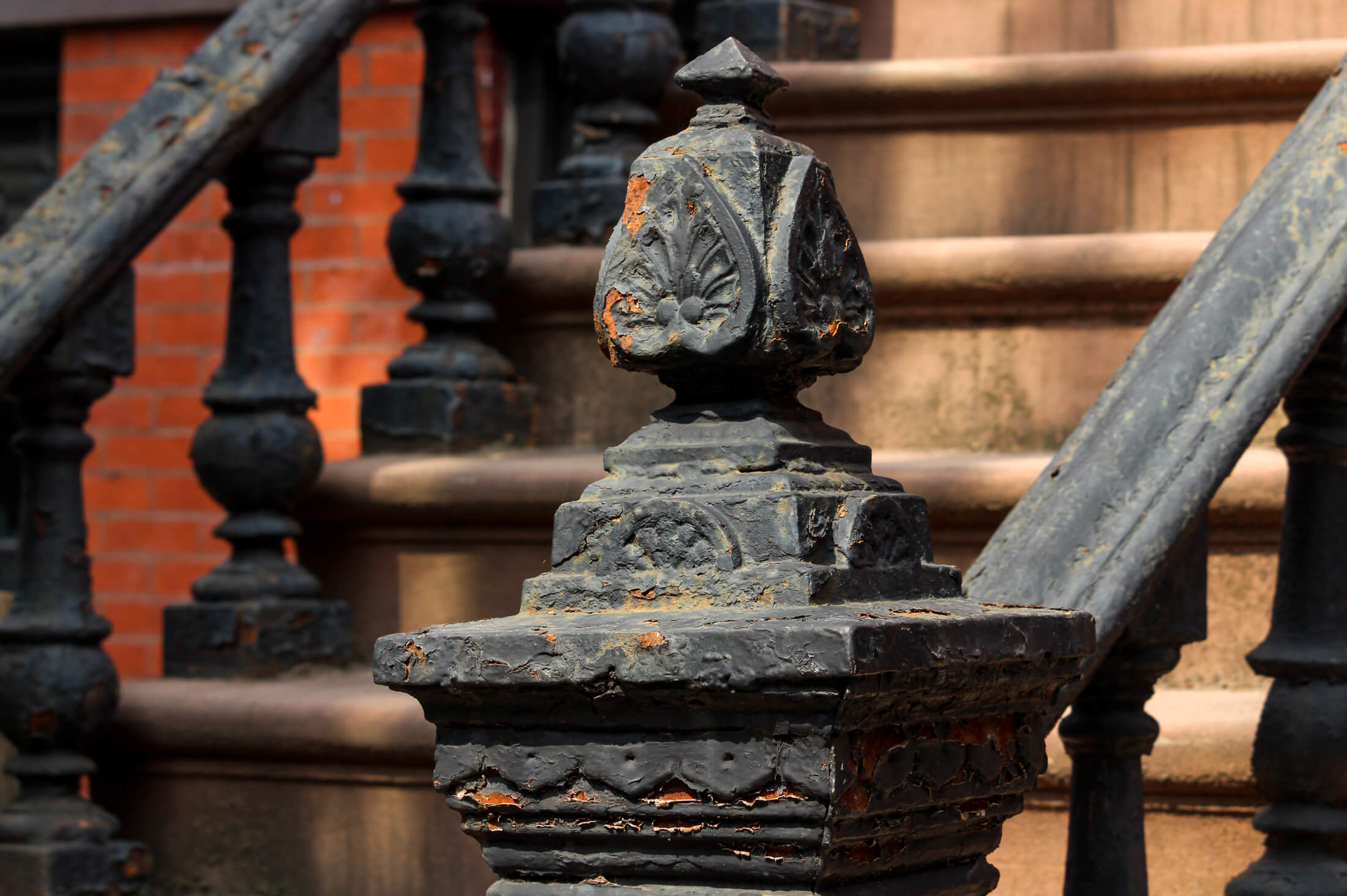
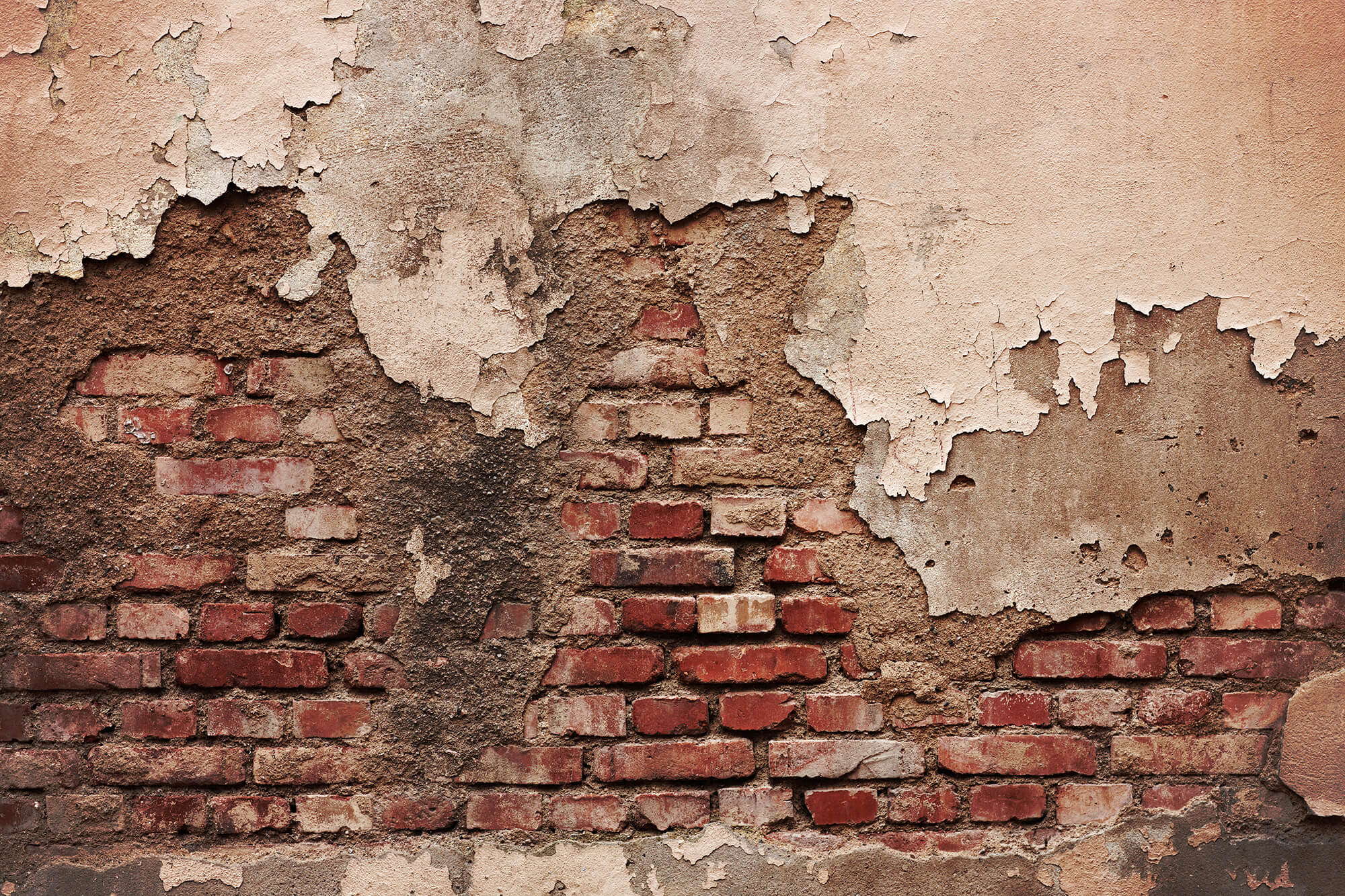
What's Your Take? Leave a Comment